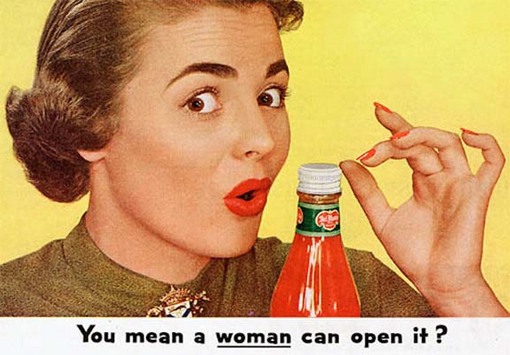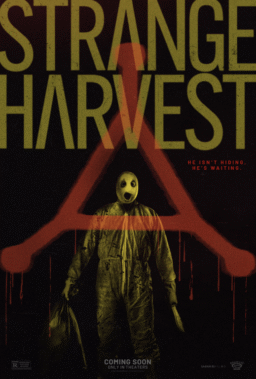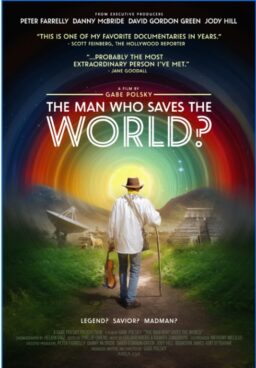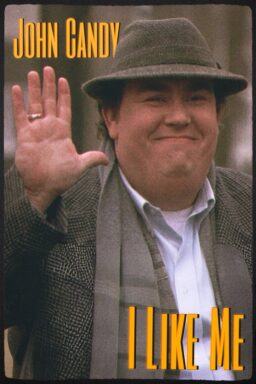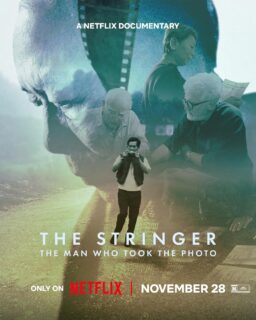Please join me and fellow “Mad Men” video essayists Serena Bramble, Kevin B. Lee and Deborah Lipp over at IndieWire’s Press Play blog for a fascinating (if I say so myself) Audiovisualcy roundtable about the show and why it’s such a natural for video-based exploration. I can’t think of another series that offers a fully formed, cinematically sophisticated movie every episode, week after week. A taste of some of the things we get into:
Kevin: (on my video, “The Long Walk“): As one clip cuts to another, I feel a conversation beginning to emerge between them, which you are orchestrating. I start to feel like I am watching the show through another set of eyes. To do this without any explicit commentary, text, elaborate editing or effects, is remarkable.
In fact, I think it’s because of this non-invasive approach that the viewer can have a special experience. It gives the viewer room to piece together the connections you are making without being told what they are. It’s like playing a puzzle with one’s eyes – a quality that distinguishes Mad Men from most other shows in that it leaves a lot of subtexts for the viewer to piece together on their own. Your video compresses and intensifies that experience.
Deborah: I almost wish “The Long Walk” had been more strictly chronological, because I cannot get enough of the narrative arc of Peggy’s remarkable changes from pony-tail wearing Brooklyn secretary all the way to copy chief at Cutler, Gleason & Chaough. I disagree with Kevin that the series gives lip service to the women. I think Season 4, if anything, was the most powerful in regard to women’s issues, and I think “The Beautiful Girls” is one of the standout episodes of five seasons of “Mad Men.”
Serena (on her video, “It’s a Mad World“): Whenever I do a montage, the first thing I do is look for the perfect music, because once you have the right music, everything will write itself and the wheels will turn so easily. (This is a good lesson that is being lost in the conversion from film to digital movie-making: always have a pre-production outline instead of winging it; editing is indeed a process of trial and error, but even that process is greatly aided by a map). There are still things I wish I could have included, clips I should have changed up, and even weeks after the fact I recently went back to delete a cross-dissolve. But the greatest gift, and in some ways the greatest curse the montage gave me is the realization that Mad Men is the greatest show on television right now, to which nothing can compare. It personifies patience, showing not telling, and audience gratification. It is not a show designed for the narrative cliffhanger hooks shows like “Lost” or Christopher Nolan movies have conditioned us to expect. It fills the screen with so much information that even on numerous re-watches, there are still subtle jokes to be discovered in the background of a shot. It’s the patience of the audience that is rewarded handsomely by Weiner’s utter trust in us to discover the breadcrumbs he leaves for us. People complain that nothing much happens on Mad Men. Everything happens–it’s just up to the audience to discover the changes better than the characters themselves realize.
Jim: The way Peggy went in to collect her stuff (notice the three pieces of technology in the corner of her office: the typewriter, the phone, the speaker box — same as the “technology even women could use”) reminded me of Joan’s “orientation” in Episode 1, when Peggy first carried a box of stuff into the original Sterling-Cooper offices. And then it grew from there. The first thing I thought of was the sound of high heels on linoleum, because it seemed to me that the whole episode centered on the idea of Peggy walking away, so I searched around for the sound I wanted (bought it for five bucks from an online sound effects place) and layered it under the existing sound at the beginning and the end. I wanted to use it in a disembodied way, like the sound of the ringing phone at the beginning of “Once Upon a Time in America,” combined with the dislocated walking scenes interspersed throughout “The Discreet Charm of the Bourgeoisie.” Anyway, that’s where the idea came from, I think!
Kevin (on his video, “The Carousel“): [What] what I am most interested in exploring: to have a film comment on itself rather than rely on the more conventional mediators of voice and text. What I like about this approach is that it isn’t as locked into one particular meaning as what you typically find with a narrated commentary. There’s more room for the viewer to engage with the footage and extract multiple insights.
“The Carousel” video was a major opportunity to shift my approach. Tommaso Toci wrote a great piece on the Carousel scene that was to serve as the video script, but as I tried to adapt it I had trouble visualizing how the narration would flow with the scene. I kept playing the scene over and over trying to figure it out. And then it dawned on me that the scene itself provided the perfect structure: Don Draper selling us an idealized version of his life, from one perfect image and sentiment to the next, just asking to be torn into given everything to the contrary that we’ve witnessed of him. The clicking of the slidewheel and the momentary lapses of darkness between images suggest holes in his projection of perfection, so I thought: why not make those holes the portals into the dark reality under the projected surface? The clicking sound also reminded me of a soldier stepping on a landmine, bringing the war flashback scene to mind, which of course is the “big bang” event that gave birth to “Don Draper.”
Jim: [To Serena]: As you say, so much of the show centers around the differences between the internal person and the external person. It’s all about what we now call “spin” — which is essentially what advertising is, too. And everything is a performance, from your job to your most intimate relationships to your clothes and your apartment. The integrity and authenticity of the performance varies from situation to situation, moment to moment, but there’s always a (self-)awareness that it is a performance. As Weiner said in the same interview, he thinks Don is basically a “good person” (whatever that means), and echoes what Megan told him in bed in “Tomorrowland”: “I feel like the theme of the show, when it’s over, is that it’s hard to be a person. You should try to be a good person, but you will fail, all of the time.” […]
I’d like to return to one thing Kevin mentioned earlier, about Joan’s famous “orientation tour” for Peggy — which is also our introduction to the world of Sterling Cooper and “Mad Men.” The series has been criticized from the beginning for trying to score modern feminist points by overplaying the sexism, but I don’t see it that way at all. What may seem “over the top” to 21st century sensibilities was just taken for granted in the 1950s and 1960s. When Joan says, “Don’t be intimidated by all this technology. The men who designed it made it so simple that even a woman can use it,” she’s echoing any number of popular advertising campaigns from the ’40s and ’50s. This kind of thinking (in the era when “women drivers” were routinely ridiculed on television, for example) was so common that it spawned parody ad campaigns — including the recent one for a British oven cleaning product, Oven Pride that was accused of reverse-sexism: “So easy, even a man can do it.” And by 1968, Virginia Slims cigarettes were marketed to women with the slogan: “You’ve come a long way, baby” — which, in some ways, is just as condescending as “even a woman can do it.”
Read the whole discussion (and watch the videos!) here.

